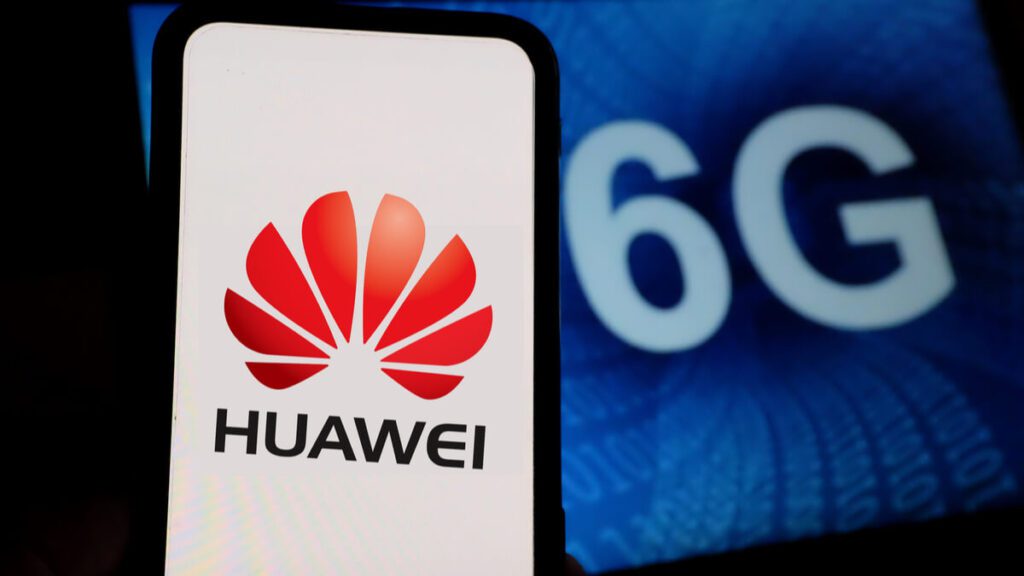
Chinese tech titan Huawei is reportedly looking to launch two satellites alongside two Chinese partners during July 2021 meant for verifying 6G network technologies, as the company aims to take the lead in its global R&D efforts, The Global Times reported late last week.
According to the report – which cites independent digital blogger Chang’an Shumajun, who claims of having close relations with Huawei – the cooperation will include Chinese network operator China Mobile as well as a national space firm.
It is worth mentioning that this isn’t the first time Huawei launches 6G network satellites; the company successfully shot their first satellite back in November last year in a bid to test the technology, going into orbit alongside 12 other satellites from the Taiyuan Satellite Launch Center in the Shanxi Province.
The 6G network technology involves use of high-frequency terahertz waves to achieve data-transmission speeds 100 times faster than 5G is likely to be capable of. According to Chinese news services, the satellite also carries technology which will be used for crop disaster monitoring and forest fire prevention.
Earlier this month, Huawei’s rotating chairman Xu Zhijun used the company’s global analyst conference in Shenzhen to announce that it intends to launch 6G network equipment and subsequent networks in 2030. A white paper is also planned in which Huawei will tell the industry what 6G is.
China’s R&D endeavor within 6G network technologies underlines the country’s lead in the development and rollout of the fifth generation of mobile networks. According to a report by the GSMA back in February, China is expected to have 822 million 5G subscribers by 2025, up from 202 million subscribers at the end of last year.
The report estimates that 5G connections will represent 47 percent of total mobile connections in China, surging from its current 12 percent. This places the tech powerhouse only behind South Korea, with a penetration of 5G of 67 percent, the U.S. (55 percent), and Japan (50 percent).
“Due to the rapid take-up of 5G in China, the region sits among the global leaders in terms of adoption. In 2020, the region added more than 200 million 5G connections, taking its share of global 5G connections to 87 percent. Growth in 5G adoption in the region is supported by aggressive network rollout and a growing device ecosystem. Chinese operators deployed around 600,000 new 5G base stations in 2020 and have announced plans to deploy more than that number during 2021,” according to the GSMA report.
Not only that, but a report by Amsterdam-based games and esports data company Newzoo found that Huawei became the 5G-ready market leader at the end of 2020. The company’s share of active 5G-ready devices skyrocketed from 8.6 percent in November to 27 percent in December.